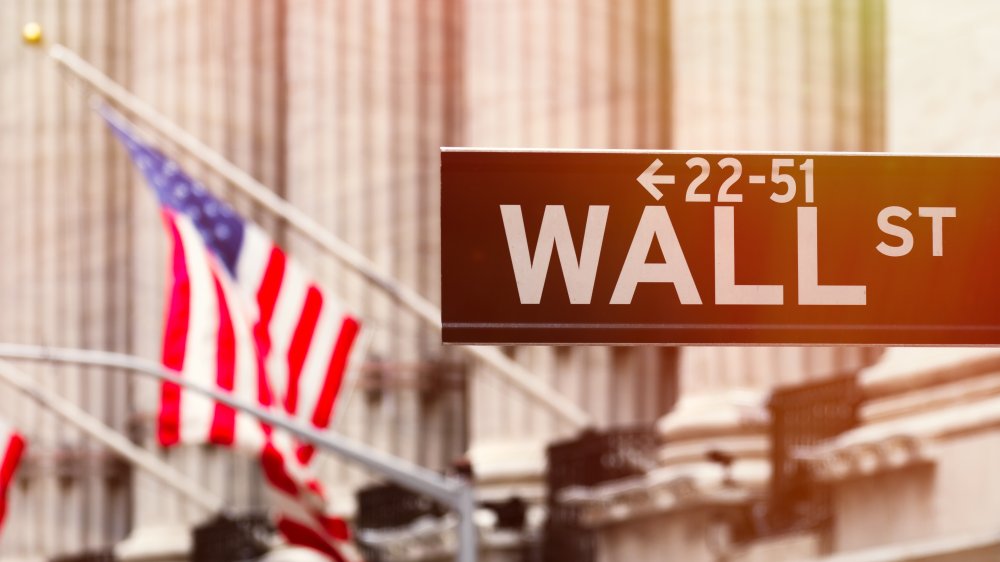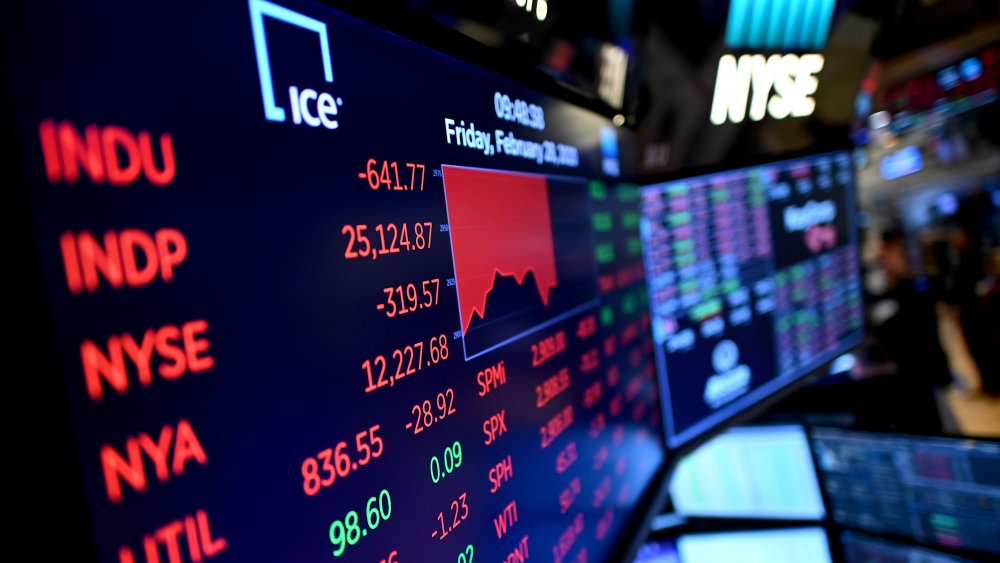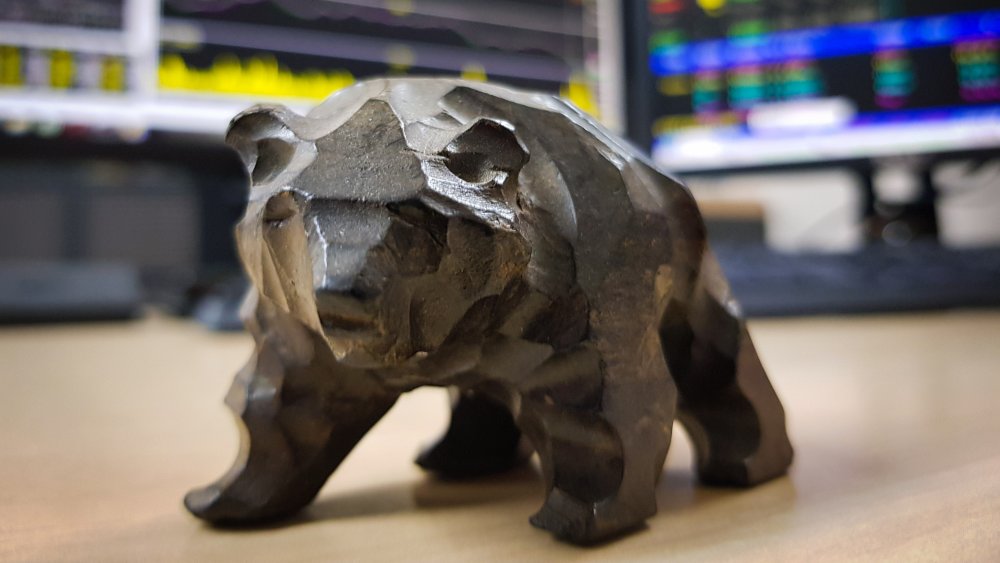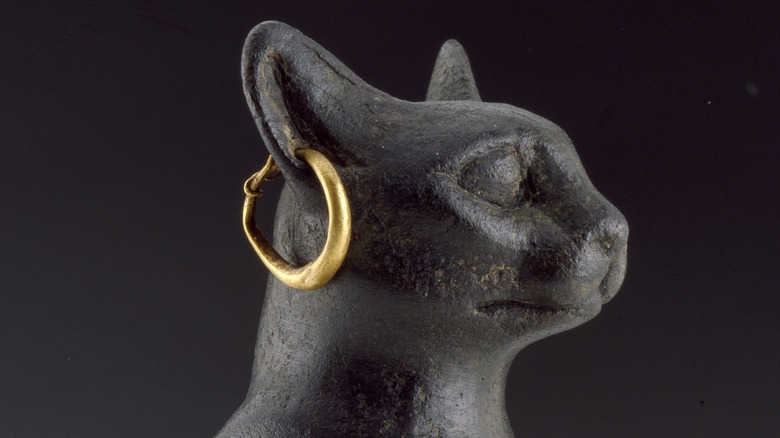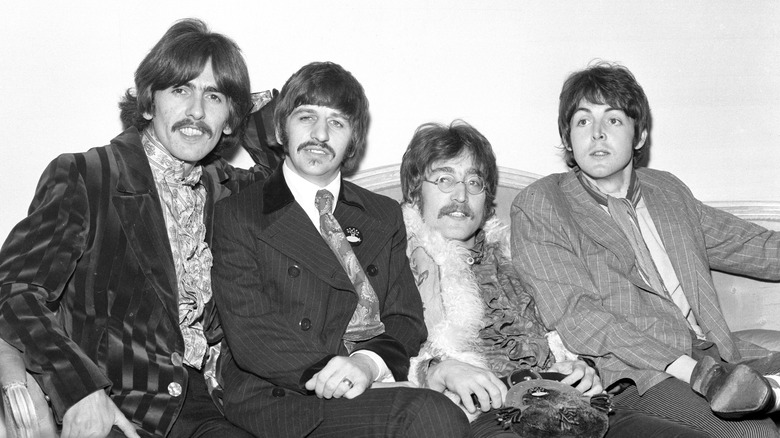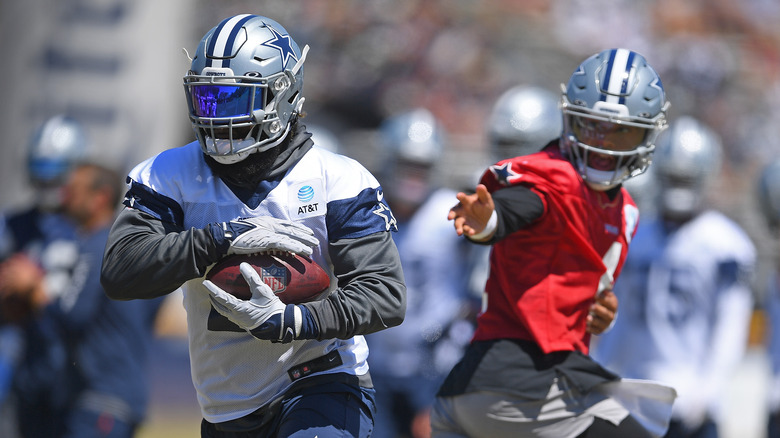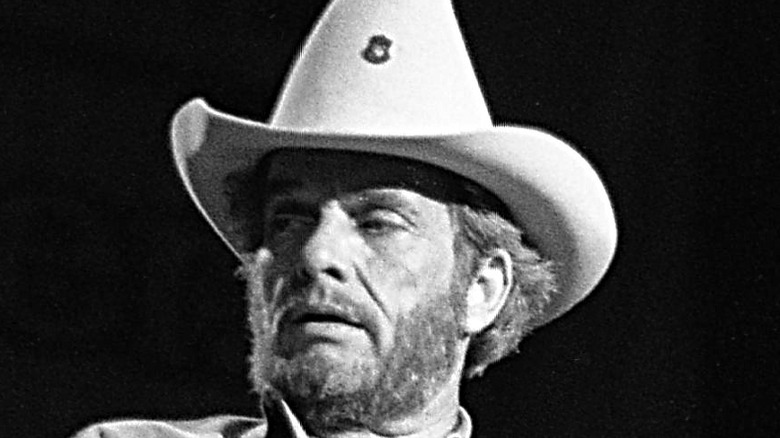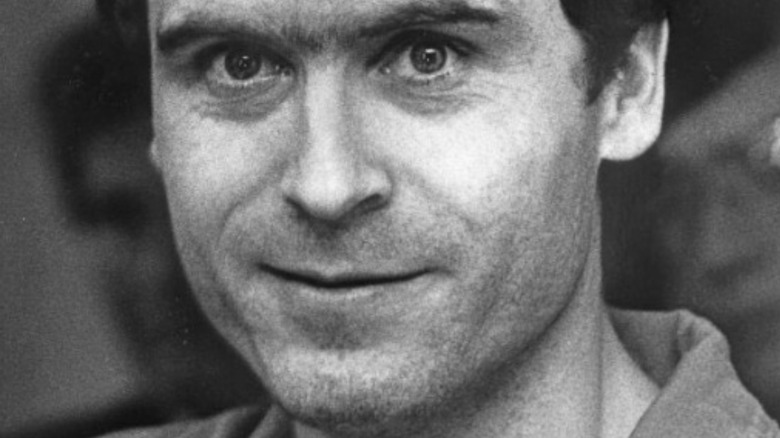
The Real Reason The DOW Is Crashing
Hold onto your butts. Stock futures have taken investors and market watchers on a wild ride over the last few weeks, sending key indices like the Dow Jones Industrial Average (DJIA) and S&P 500 tumbling and recovering, only to dive even deeper at the opening bell this morning. Though we’re still well north of the 20% decline that would officially demarcate the beginning of a bear market (a market in a downward spiral), the recent tumult certainly qualifies as a market correction and could be a sign of greater pain to come.
It would be easy to lay the blame entirely at the feet of the budding pandemic in our midst, but as is almost always the case, there’s more to the story. So what’s really behind all this volatility?
It all started the week of February 24th. The markets opened on Monday morning and began a steady two-day decline driven largely by fears that the novel coronavirus (the bug that causes COVID-19) might send the world economy spiraling into recession. The markets seemed to settle on Wednesday, while bull speculators hoped and prayed that the Dow might see some protection around the 27,000 level. Whoops.
A crumbling Wall Street
Markets crashed again on Thursday. The Dow plummeted over 1,000 points, recording its worst single-day point loss in history. By the opening bell on Friday, the Dow bottomed out at 25,409, a 3.5% drop from its former peak less than a week ago, according to CNBC. That drop represents a loss of more than $3 trillion from the balance books of U.S. companies, according to Money.com. Fortunately, the market slowly rebounded over the course of the day to close back up just shy of the 26,000 mark.
Investors breathed a sigh of relief. The market was out of freefall, and speculators were buying at a healthy rate once again. To top it off, the Fed intervened by announcing a new round of rate cuts aimed at hardening our economic defenses against the coronavirus. Everyone assumed we’d see some stability. Then came March 8th, and with it: another crash. By 10am Monday morning, the Dow was hovering back around the 24,000 mark. The new low suggested that investors didn’t care one lick about the central bank’s attempt at monetary easing. According to CCN, The drop was so sudden it tripped circuit breakers in the exchanges, briefly calling a halt to all trading on the NYSE. Ominously, this particular fail-safe hadn’t been triggered since the financial crisis in 2008.
Coronavirus fears, an oil price collapse, and an overdue correction create perfect storm
The effects of the coronavirus on financial markets cannot be overstated. The authoritarian response to the crisis in China has brought the world’s second largest economy to a screeching halt, and western investors fear a similar fate may be in store for the U.S. Both the sluggish response to the virus at the federal level, and a few ominous warnings from epidemiologists totally spooked the markets. It hasn’t helped that none of the public health developments since the initial scare on Feb. 24th have been particularly reassuring. But there’s more to the story.
Next came the shock in the commodities market as a feud broke out between long-time economic allies Saudi Arabia and Russia. The two major oil-producing nations had a falling out overnight, which sent crude prices tumbling by 30%, according to CNN. U.S. oil prices hit a four year low as a result, falling to $27.34 per barrel. While the drop may end up benefiting Americans at the pump, it rattled markets already woozy from the corona-coaster they’ve been riding over the last few weeks.
Markets moving into uncertain territory
These acute problems aside, there’s also an important systemic issue contributing to the Dow’s ongoing collapse: a runaway bull (upward trending) market ‘roided out on massive corporate tax cuts and a profligate decade of expansionary monetary policy. In the business cycle, as in Newtonian physics, what goes up must come down. Near-zero interest rates and supply-side fiscal policy (i.e. reduced regulation and taxation for producers) can only prop an economy up for so long. This might go a long way to explaining why the Fed’s emergency rate cut had no discernible effect.
The issue isn’t a lack of liquidity in the market, but rather that the excess liquidity has inflated stock prices for years. Investors didn’t view the latest rate cut as a boost to spending power, but rather as a sign of weakness to come. As evidence for this case, the 10-year treasury note dipped to below 1% for the first time in history, according to CCN. So, while we aren’t yet in bear country, another few days like this one and savvy investors are going to be seeing tracks.
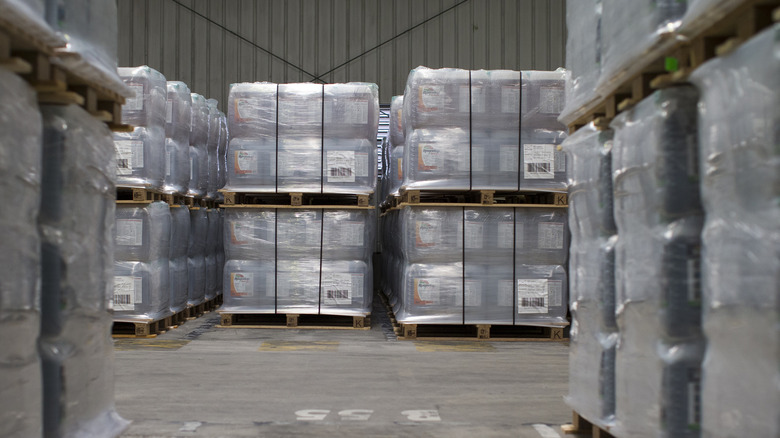
How One Man Escaped Prison By Mailing Himself Out

How A 4,400-Year-Old Shaman's Snake Staff Rewrites Finnish History

The Creepiest Things To Happen On Ghost Hunters

Creepy Tales Of Hospital Ghosts

The Man Who Was Successfully Turned Into A Zombie
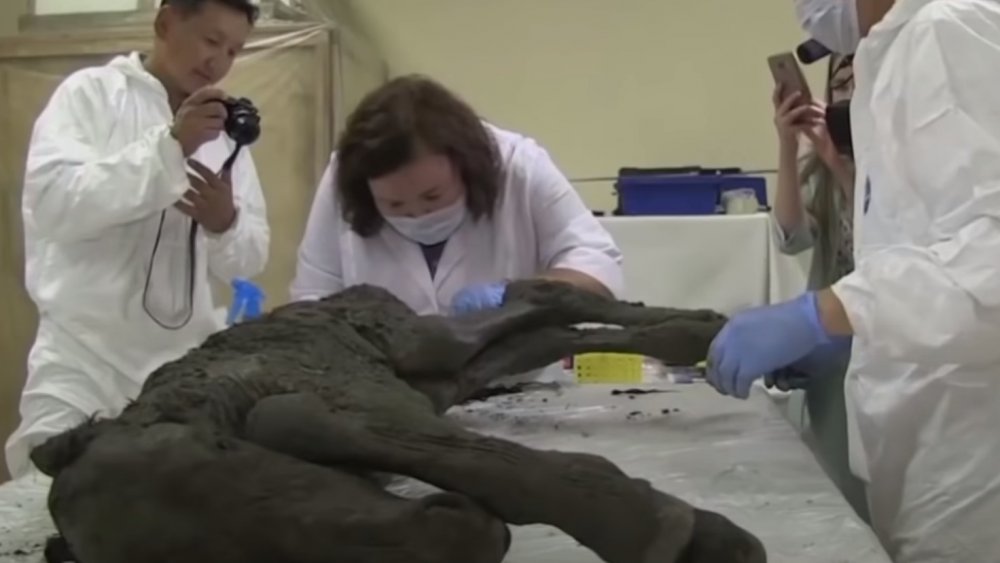
Why This 42,000-Year-Old Specimen Is An Eye-Opening Discovery

What's Brain Freeze, And Why Do We Get It?

The Bizarre True Story Of Bigfoot, America's Missing Ape

The Truth Behind The Cyclops Goat

So-Called Classy Drinks That Aren't Classy At All
